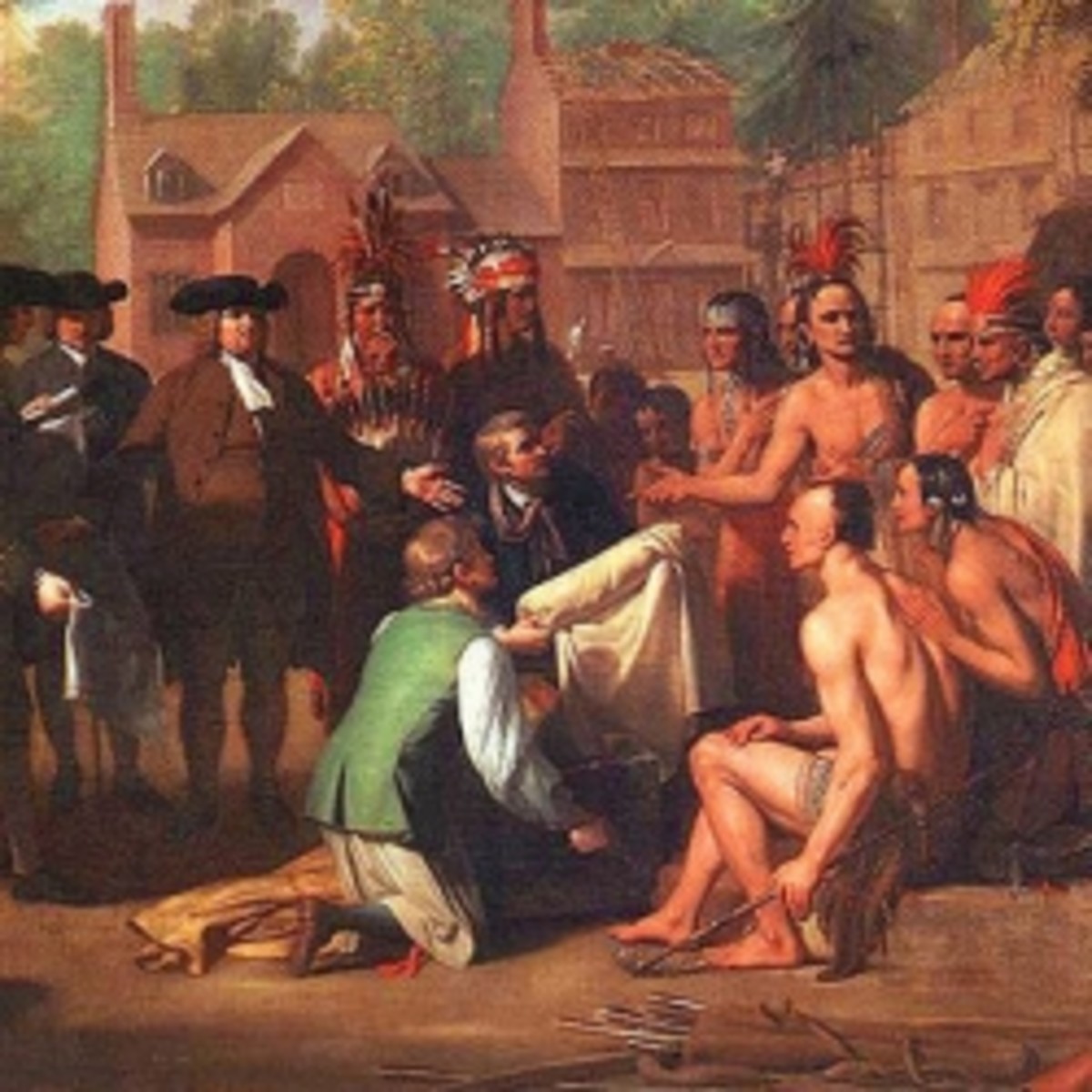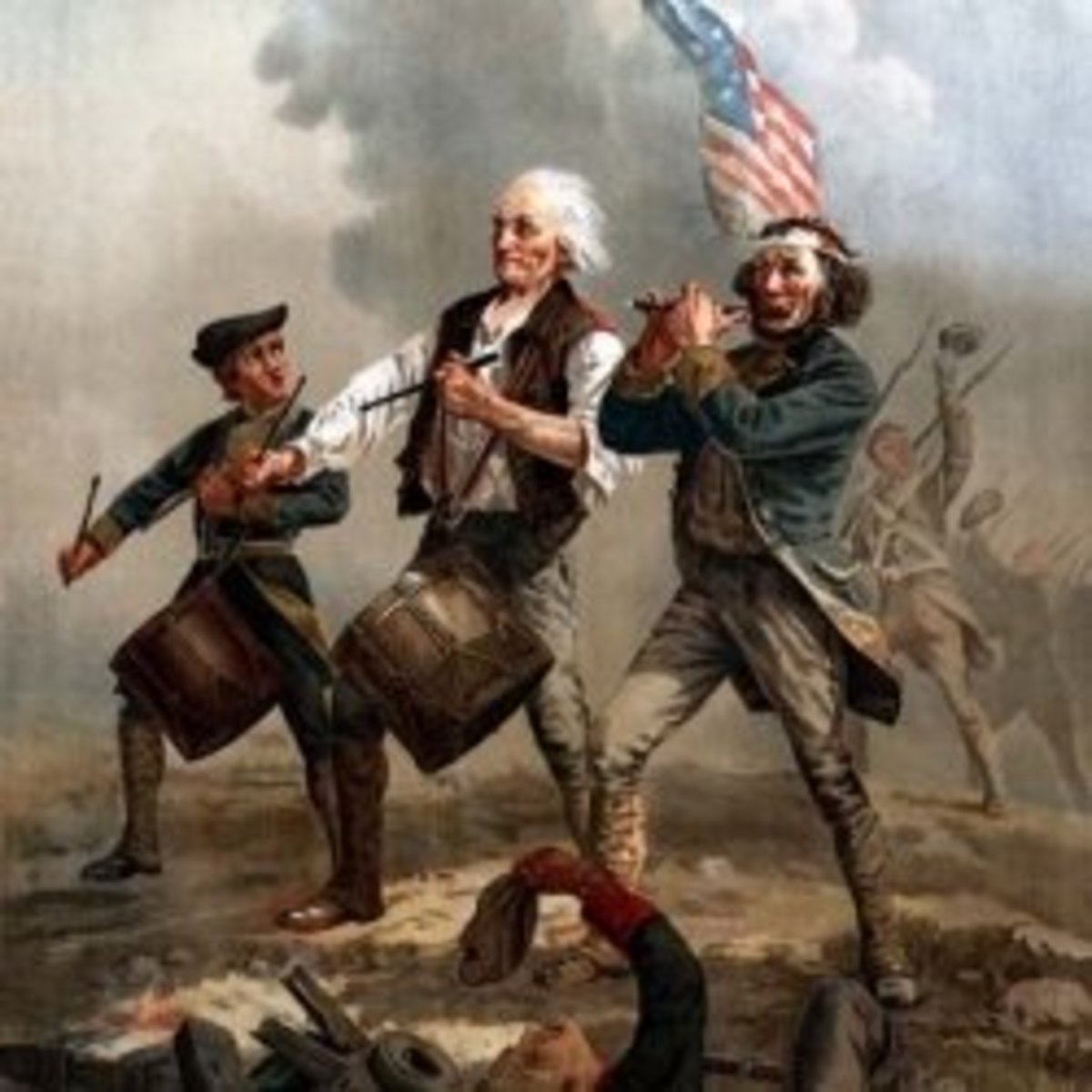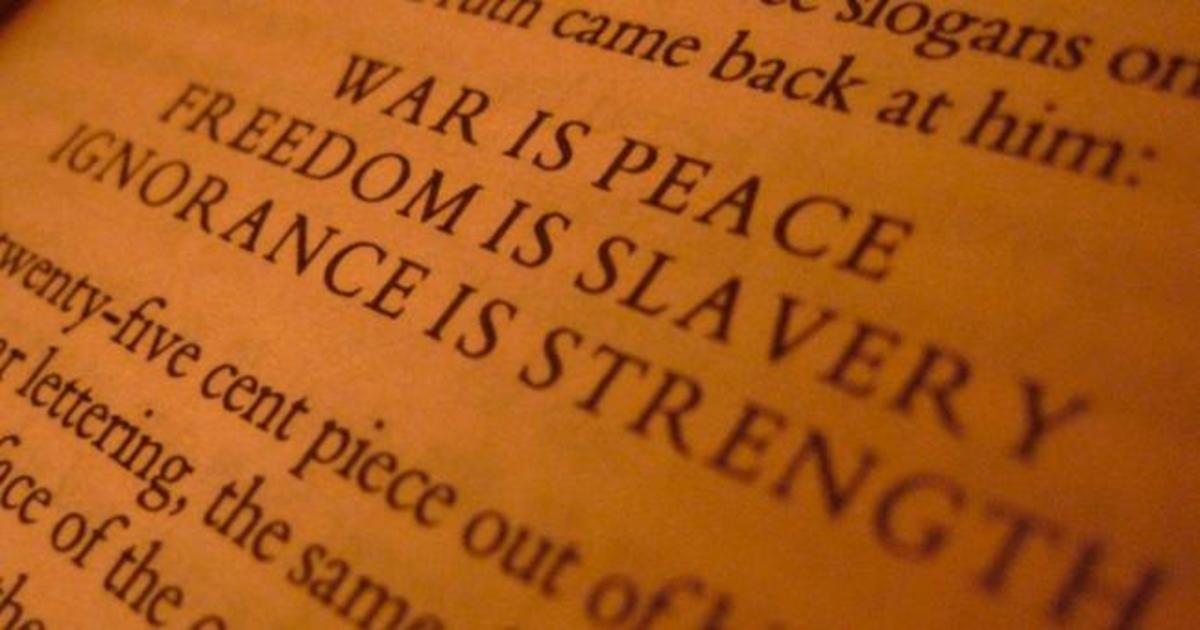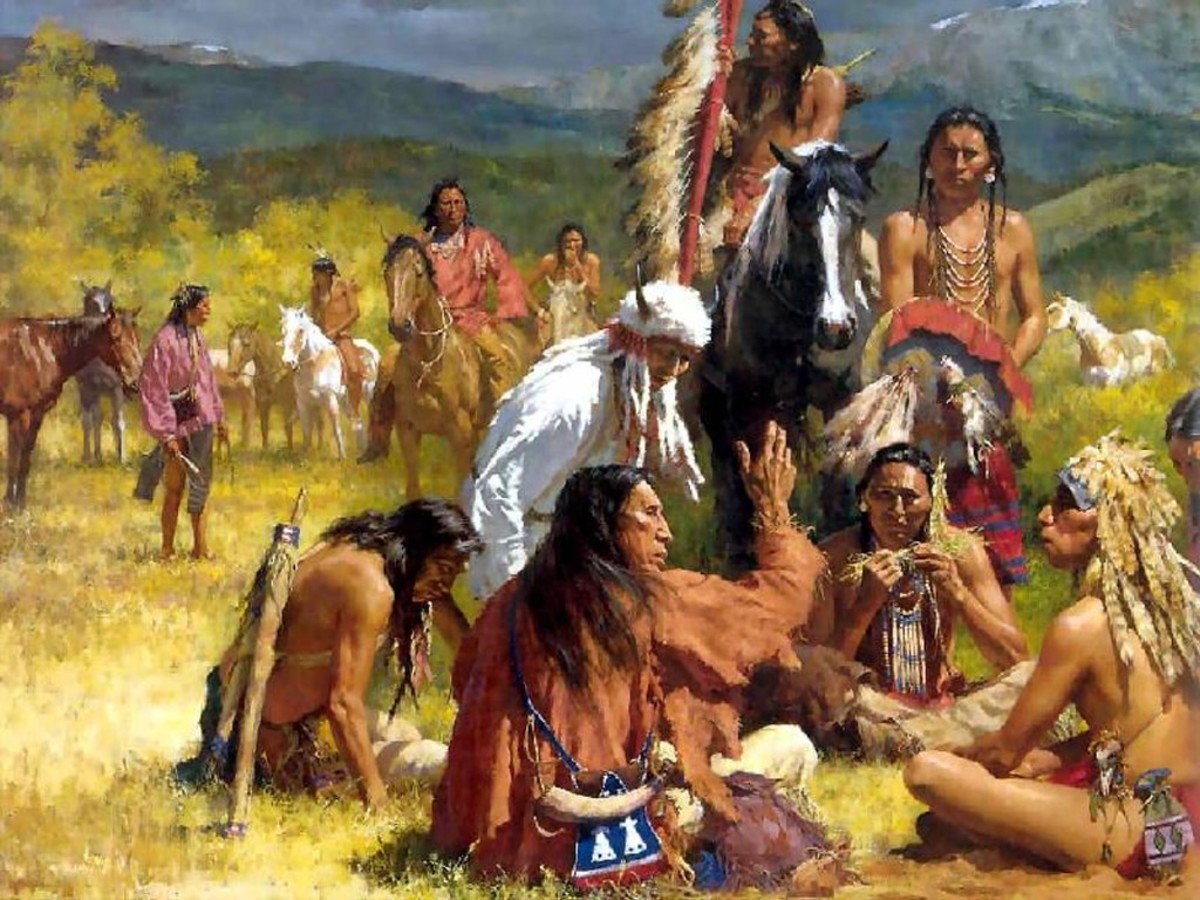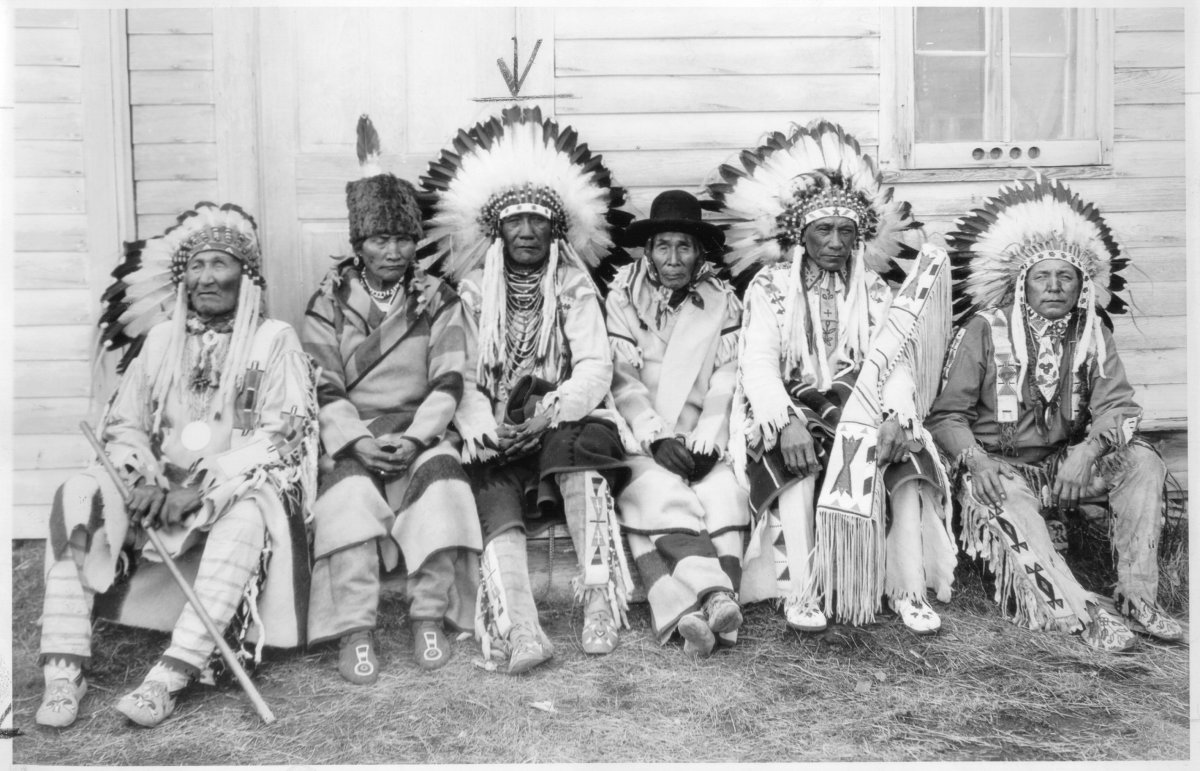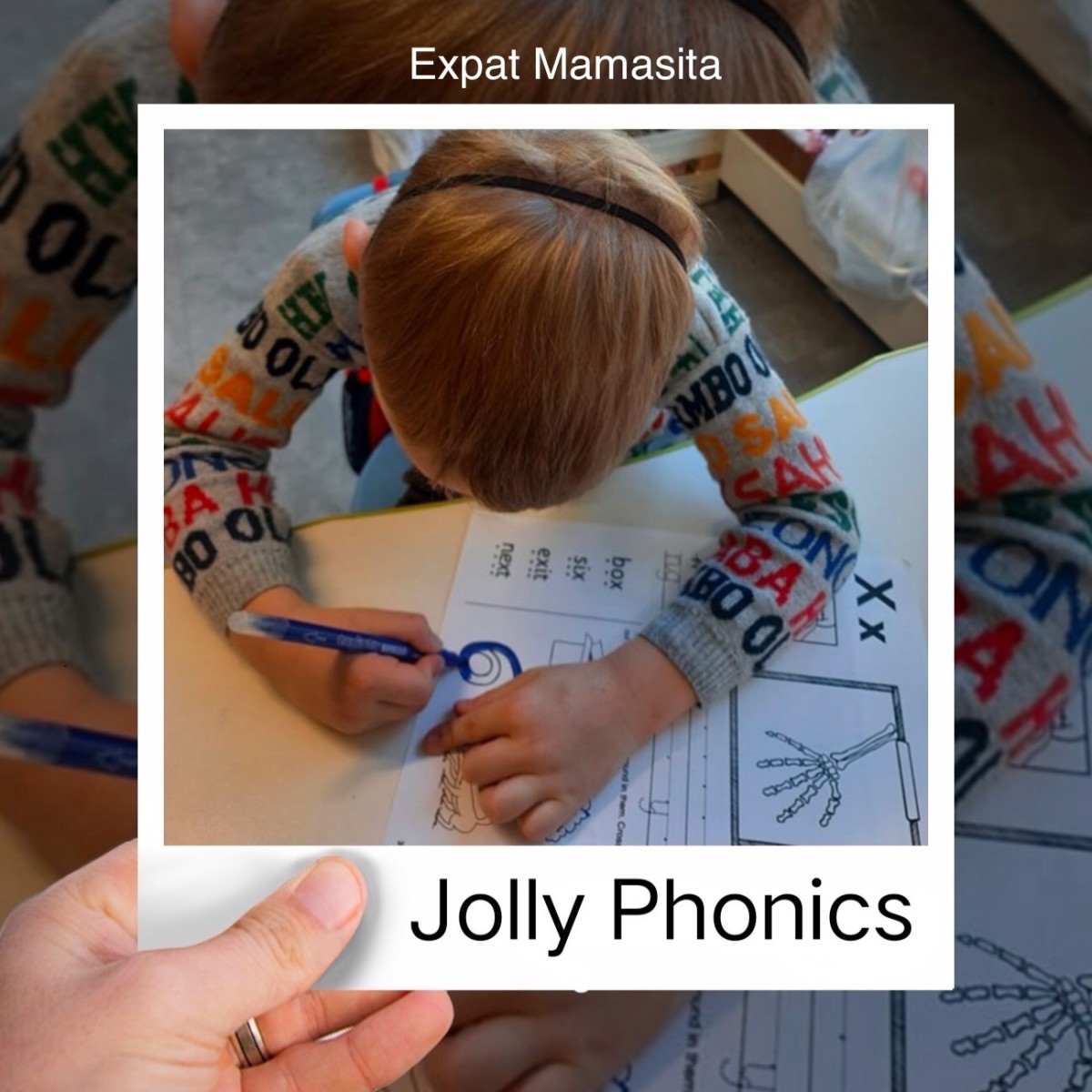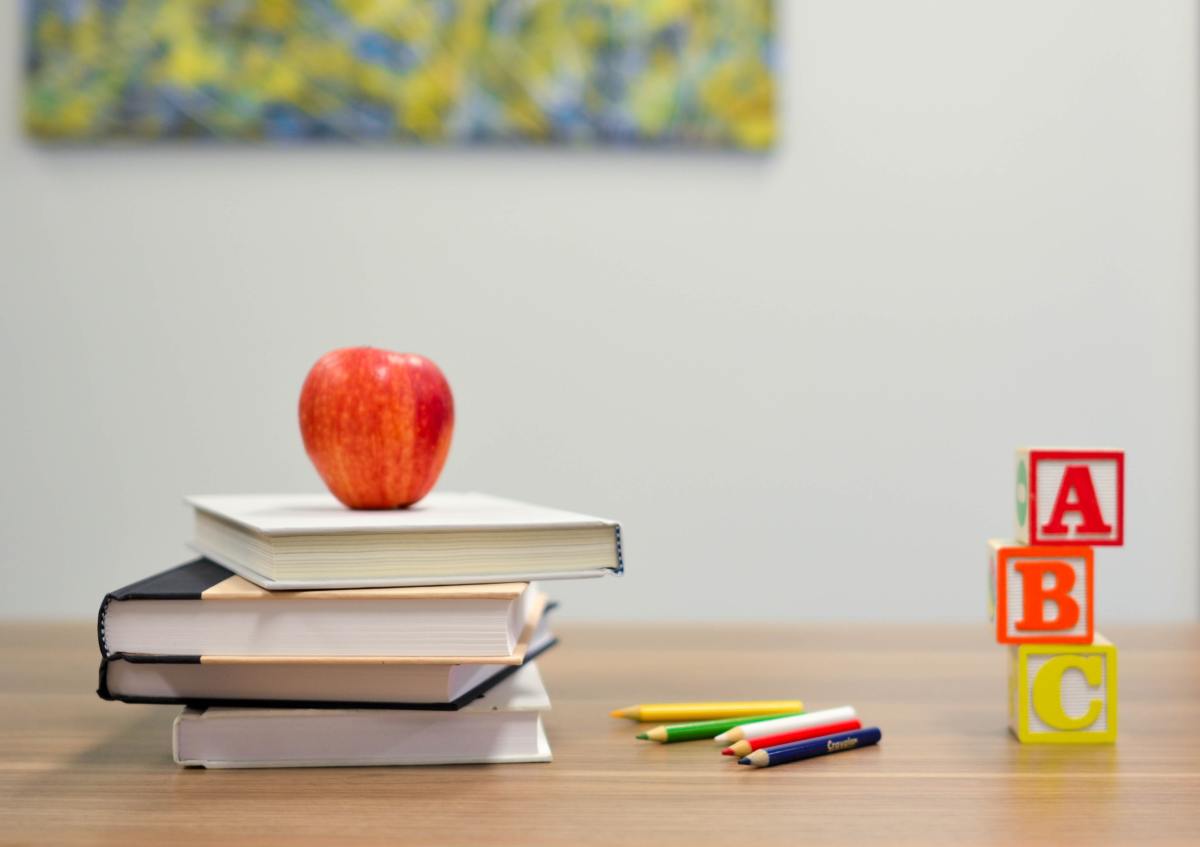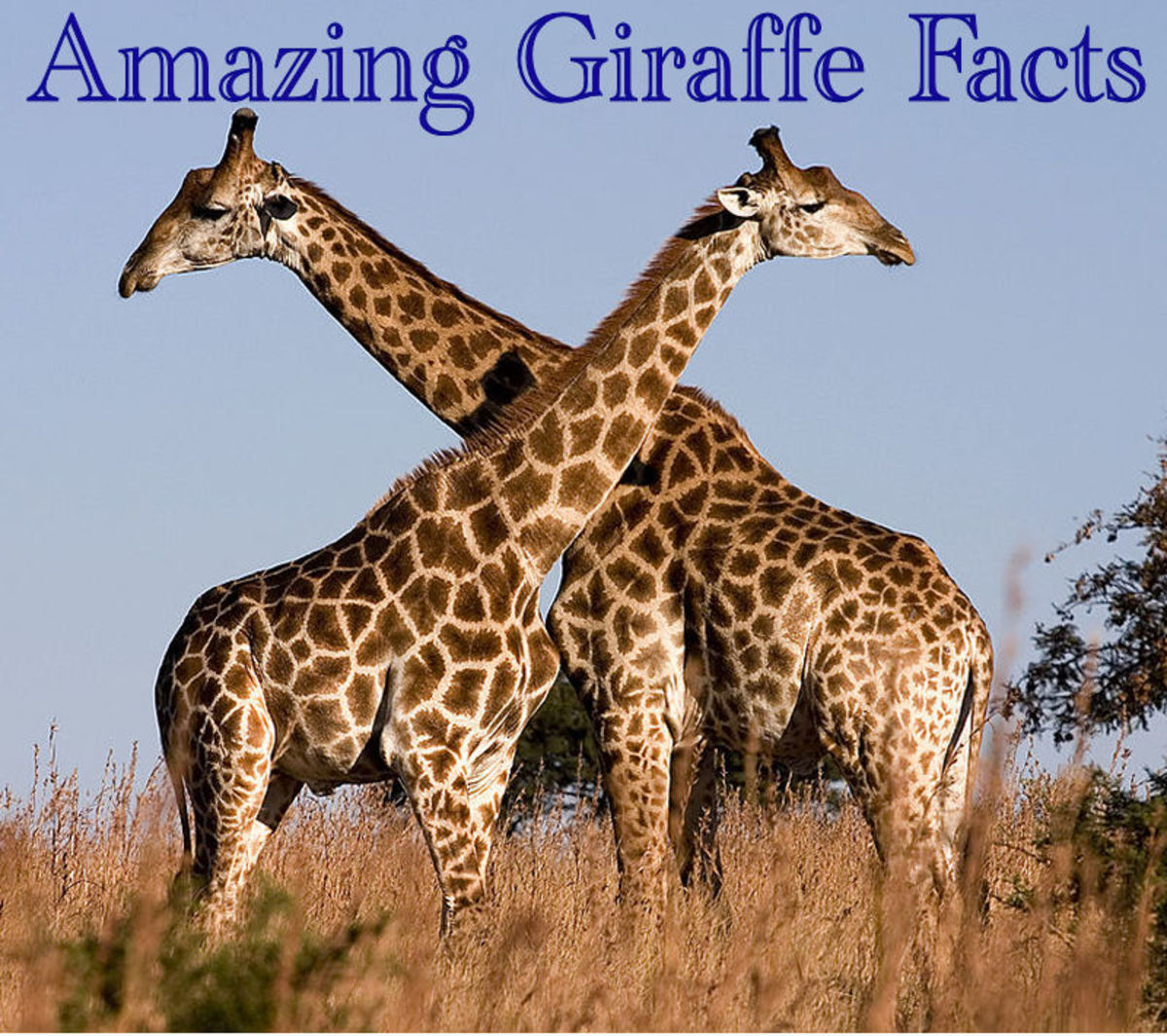Teaching School Children About American Indian History and Culture
An Important Part of American History
An important section of American history is all but over-looked in many classrooms is that of the original inhabitants of American, the American Indians. Many schools have programs and activities during the month of November, National American Indian Heritage Month, in which students study and learn about the history and culture of American Indians. That’s a short time and some teachers say finding the resources to teach their students is hard.
I am always humbled and happy to visit elementary schools as a visiting author. I am not Indian but I enjoy sharing with students my books Pale as the Moon and Bear Song, and what things I learned about the Indians who lived near North Carolina’s coast when the English explorers and colonists first came to the New World.
Wickiups
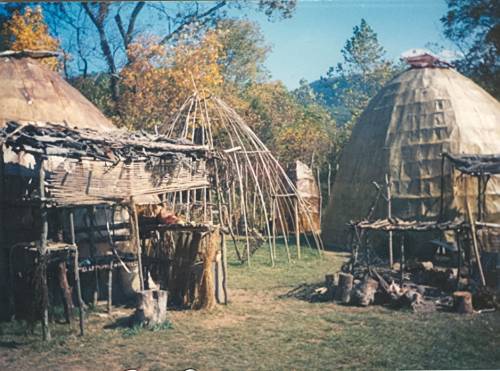
Pale as the Moon
Pale as the Moon is a fictional story, set in the historical setting of the first attempt by the English to colonize the New World. It tells of how a stranded wild colt and a young Native American girl develop a bond as they try to survive in the harsh conditions of Coastal Carolina in the sixteenth century. Gray Squirrel is forewarned, through a series of dreams, of the arrival of a strange people with skin as pale as the moon. Empowered by the speed and stamina of the horse, the girl plays a major role in the protection of an abandoned English colony. Shrouded in mystery to this day, the demise of John White’s Lost Colony remains the secret of Heita Hoonoch and Gray Squirrel.
Bear Song, Sequel to Pale as the Moon
Activities to help Learn
Pale as the Moon includes a teacher’s guide in the back matter of the book. It includes some fun activities your class can do while they are learning about Native American culture.
1. Make a model of an Algonquian Village – You can find pictures painted by John White in The American Indian in North Carolina by Douglas L. Rights or at this website
http://www.lost-colony.com/galleryside.html
2. Sit in a circle and take turns telling some stories that have been passed down in your family from your grandparents. The Native Americans used a talking feather that was passed around, whoever held the feather was the only one who could speak. Everyone else had to be silent and listen. When the speaker was finished he/she passed the feather to the next person.
3. Name some foods we enjoy that were gifts from the Native American people. Cornbread, sunflower seeds, prunes and raisins, potatoes, squash, beans, and jerky are a few. Serve some of these foods to the class, or have students bring items to class to share.
4. Visit a museum with Native American displays. Notice how baskets were made, how tightly they were woven. What else did you learn about Native American life before the white people came to America? How did they travel, hunt, grow food, and dress?
5. Have your students found artifacts like arrowheads or pieces of pottery? Invite them to bring them to class for “show and tell”. Ask your librarian if you can make a display in the school library. Label the artifacts and put them where they cannot be touched, a glass display case or shadow boxes, which can be purchased at arts and craft stores, or the students can make one with help from a parent handy with tools.
6. How is a wickiup different from a teepee? Do some research and make models of each, or as a class project make a real wickiup. Here is a website to help learn how.



